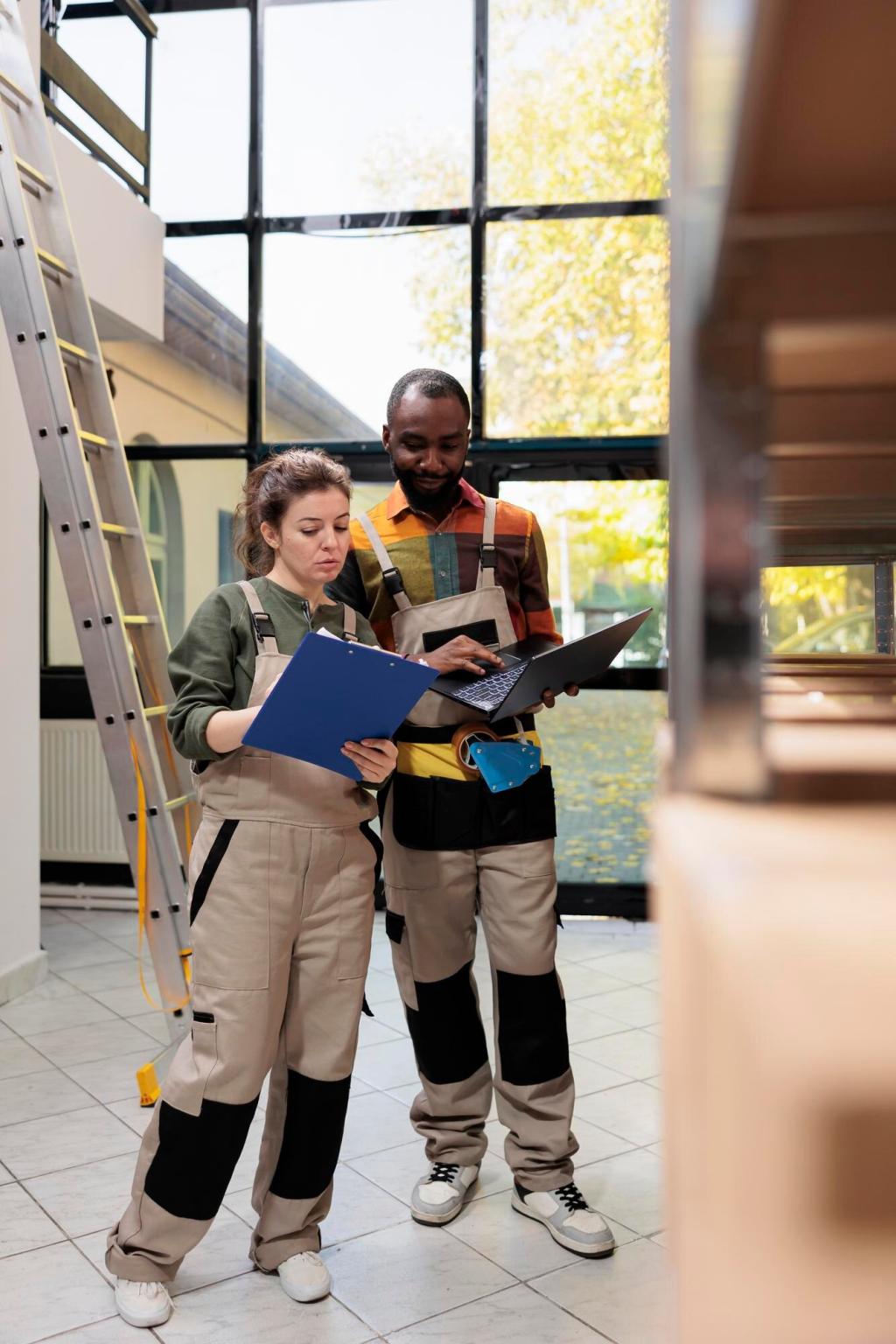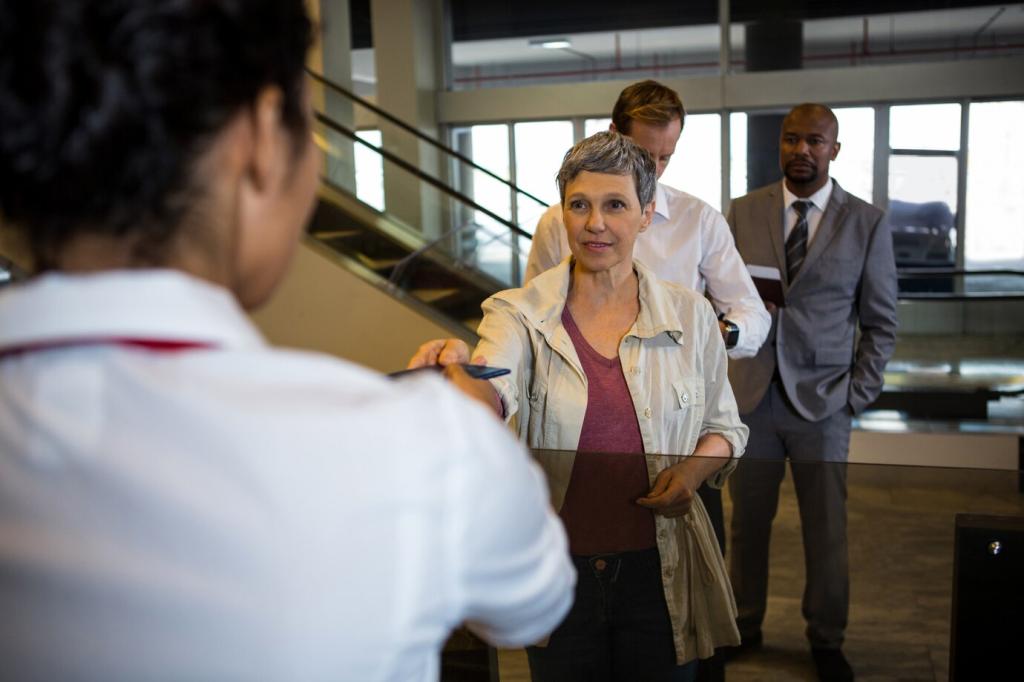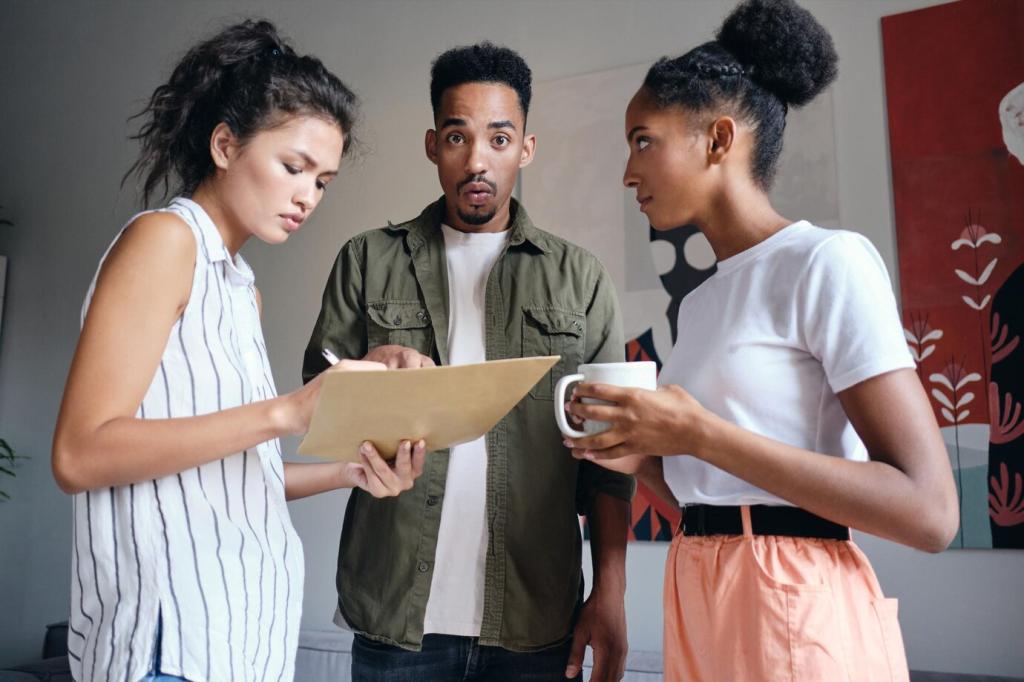Case Study: Adjusting a City Walk During a Religious Festival
The planned route crossed a sacred procession route, where photography and loud commentary would be inappropriate. Some guests were eager to capture images, while others worried about intruding. The guide recognized the tension and paused to reassess respectfully with the group.
Case Study: Adjusting a City Walk During a Religious Festival
The guide briefly explained the festival’s significance, then asked permission from local stewards to observe quietly from an approved distance. She reframed the tour’s theme around ritual space and public memory, swapping two stops for a nearby market where residents shared festival foods and stories.
Case Study: Adjusting a City Walk During a Religious Festival
Guests reported deeper insight and gratitude for witnessing living tradition without interfering. Residents thanked the group for their respectful distance. The guide later added a pre-tour note about festival etiquette and invited subscribers to receive timely cultural calendars for future visits.








